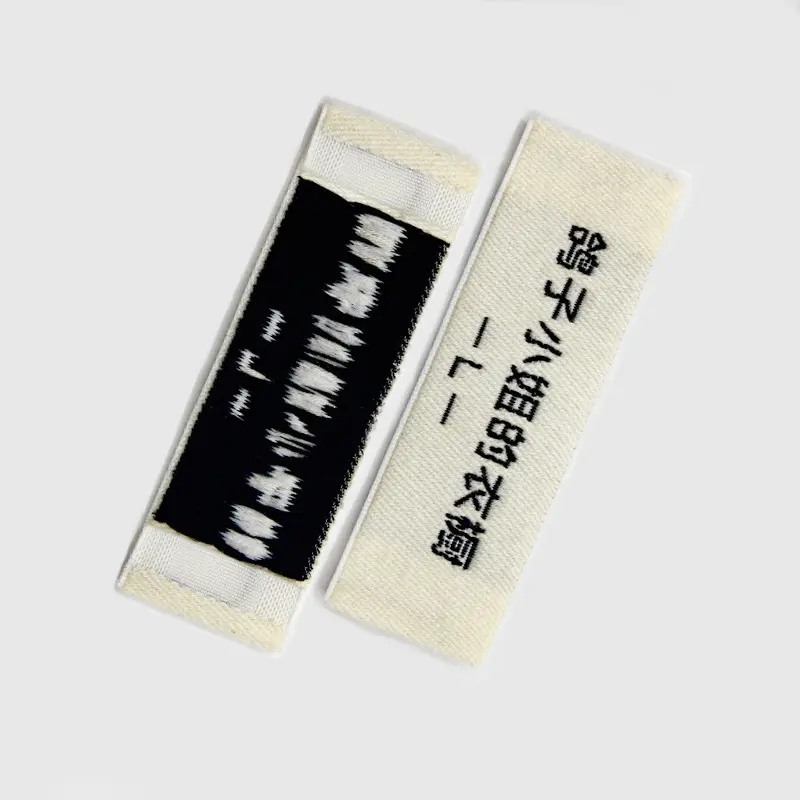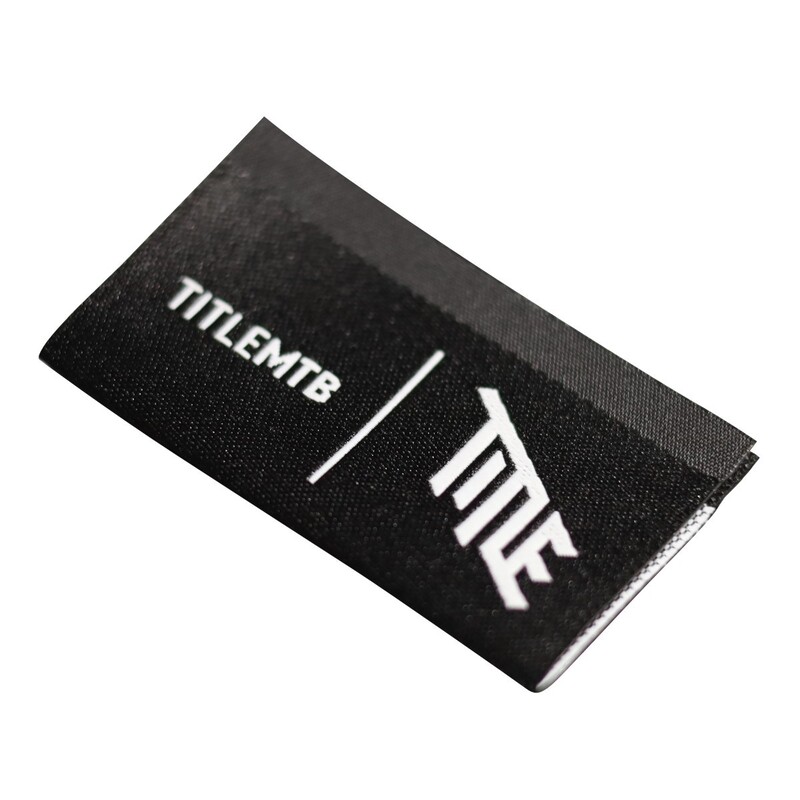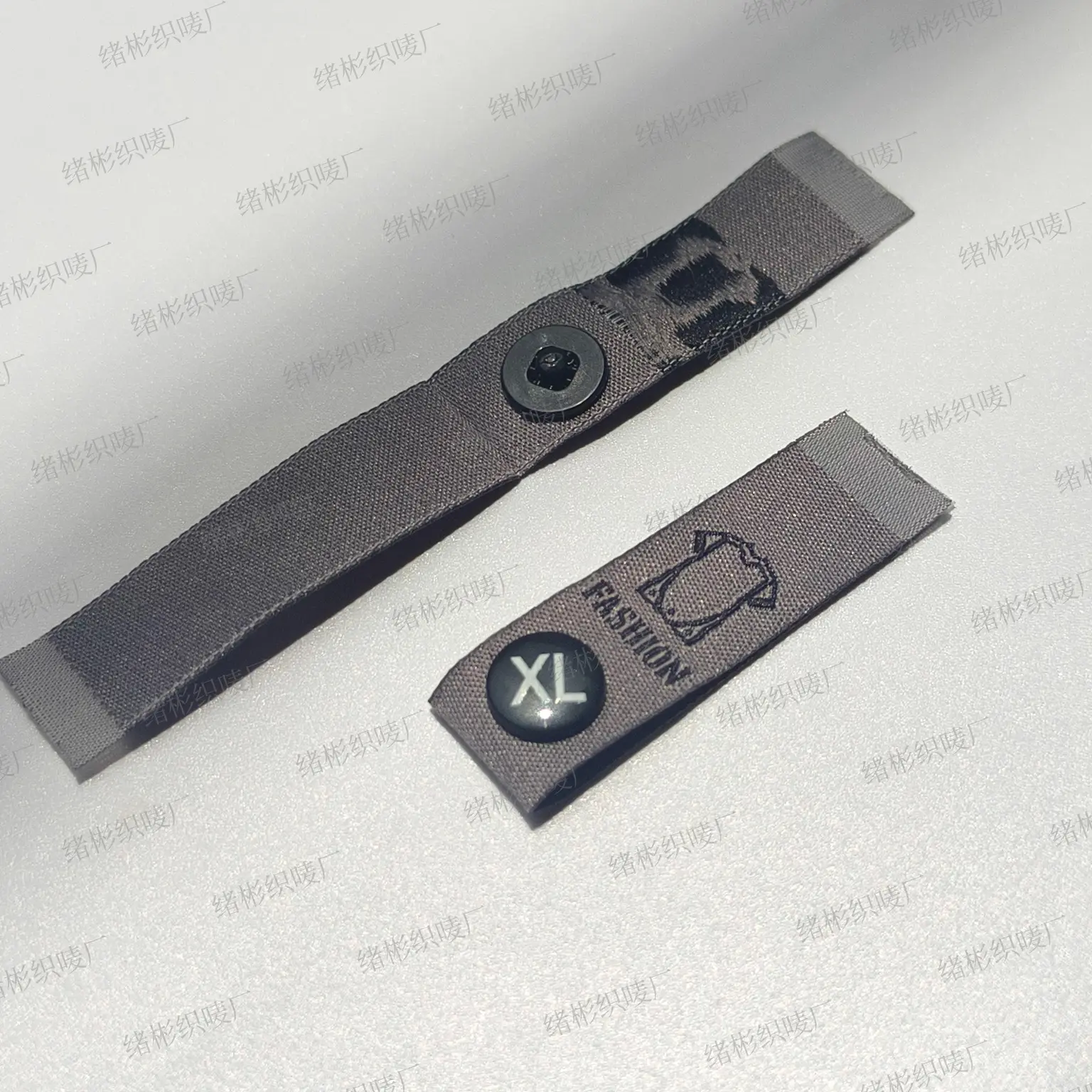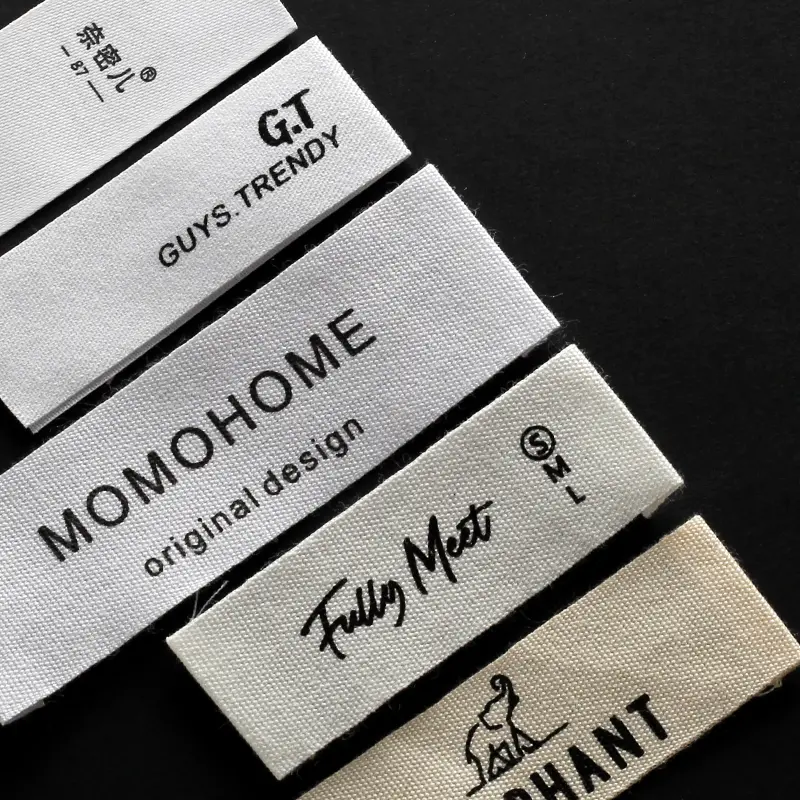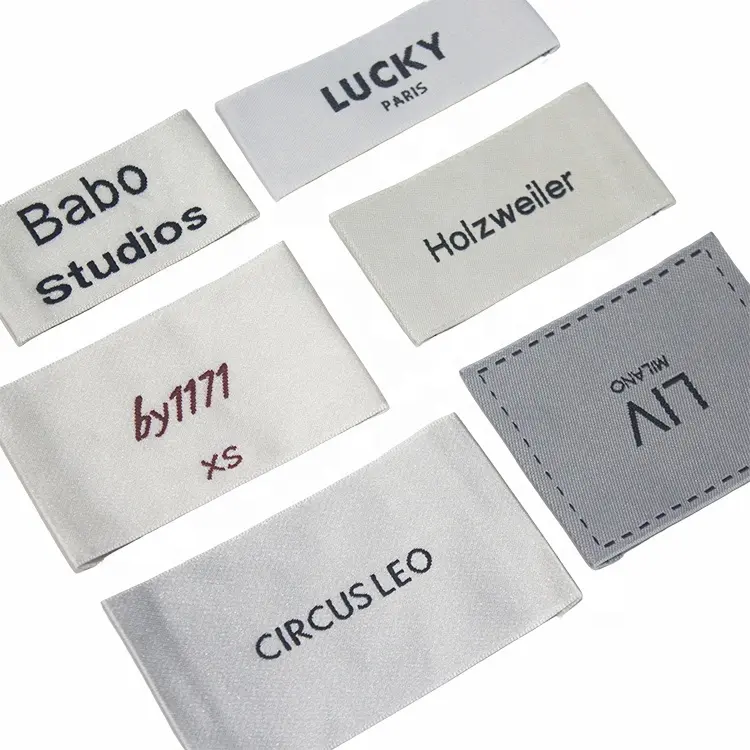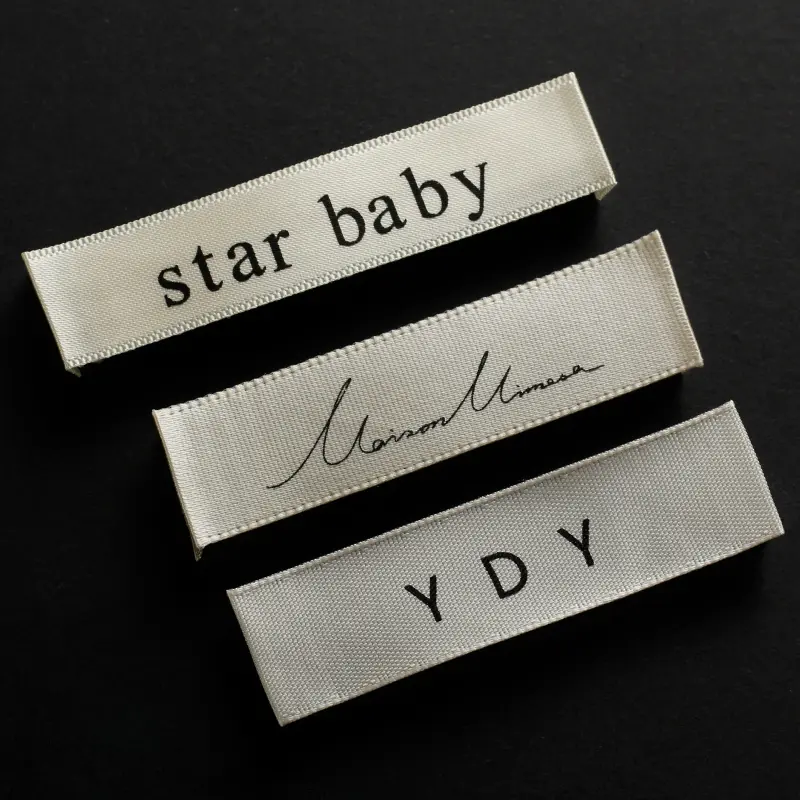Cheaper Custom cotton Woven sewing Fabric Label for clothing
Cheaper Custom cotton Woven
LIJIE provides custom cotton garment label services with competitive pricing. Based in China, we specialize in creating labels based on your sample with a 1:1 production match.
Industry-Specific Attributes
- Sample Order Delivery Time: 7 days
- Material: Polyester fiber
- Label Types: Care labels, flag labels, main labels
- Crafting Techniques: Embossing, embroidery, printing
- Additional Attributes: Fold type (laser cutting)
- Features: Sustainable
- Origin: Zhejiang, China
- Product Type: Garment labels
- Usage: Bags, apparel, shoes, home textiles
- Brand Name: LIJIE
- Model: Customizable
- Material: Recycled yarn
- Size: 4×6 cm or custom dimensions
- Design: Draft design provided for approval
- Samples: Free samples available
- Delivery Time: 7 days
- Applications: Garments, and more
- Packaging: 1000 pcs/plastic bag
- Features: Soft yarn
- Minimum Order Quantity: 1000 pcs
- Folding Methods: Laser straight cut
Packaging and Delivery
- Packaging Details:
- Small batches: Bulk packaging in PP bags.
- Large batches: Paper boxes or cartons.
- Customized packaging options available for air, sea, or express shipping.
- Port: Ningbo
- Selling Units: Single item
- Individual Package Dimensions: 8×3×8 cm
- Gross Weight per Item: 0.001 kg
Supply Capacity
- Weekly Supply Capacity: 1,000,000 pcs
Customization Options
- Color: As per your request
- Size: As per your request
- Printing: Offset, screen printing, UV coating, foil stamping, embossing, debossing (all printing types supported)
- Logo: Customized
- Features: Tailored to your needs
- Thickness: Customizable
- OEM Service: Supported
- Materials: Cotton, polyester, nylon, ribbons, dyed threads, satin, etc.
- Size and Color: Any size and color available
- Folding Methods: End fold, single side fold, roll fold, mitre fold, center fold, Manhattan fold, specialty folds, comfort fold
- Backing Options: Plain backing, iron-on, paper backing, self-adhesive tape backing
- Cutting Methods: Cold cut, hot cut, laser cut, ultrasonic cut
- Weaving Machine Types: Knitting machine, shuttle loom, wide loom
- Label Quality: White taffeta, black taffeta, red taffeta, white satin, black satin, etc.
- Features:
- 100% soft, high-quality material
- High density, smooth and glossy surface
- Eco-friendly, washable, durable
FAQ
How can I get a quote and start ordering?
A: Provide your design and order quantity. Email us your design files, reference images, or design concepts. We’ll provide an initial draft or mock-up for review and offer a quote upon approval.
What file formats do you accept for submission?
A: High-resolution or printable PDF files are preferred. We also accept AI, PDF, EPS, CDR, and CAD formats.
What is the minimum order quantity (MOQ)?
A: For existing products, there is no strict MOQ, but pricing varies with quantity. Smaller orders may have higher prices. For custom orders, the minimum is 2,000 pcs.























